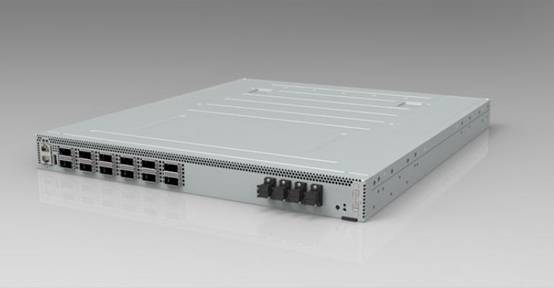|
华为网络机柜华为网络机柜华为网络机柜 大约两年前,Facebook公司公布了一个项目,其目标是与数据中心互连技术的目标是服务器、存储和网络交换机。 About two years ago, Facebook announced a project aimed at interconnecting data centers with servers, storage and network switches. The company said it was working with a number of suppliers to decompose hardware and software from traditional monolithic systems at the end of fibre optic cables that connect data centers. At a recent event in London, key technologies established as part of this effort were officially unveiled. 华为网络机柜华为网络机柜 A version of Facebook's Voyager optical transponder The transponder abstract interface is an API that allows vendors to write software for Voyager, a transponder designed by Facebook and a router for DWDM (Dense Wavelength Division Multiplexing) networks. DWDM (Dense Wavelength Division Multiplexing) enables multiple signals to be transmitted in a single optical fiber at different frequencies, completely isolated from each other. Most data centers use DWDM (dense wavelength division multiplexing) through long distance communication. They can be a data center in the metropolitan area, or a data center thousands of miles away. In addition to separating software from hardware in optical data center network, TAI abstracts the differences of hardware from multiple vendors, so it is not necessary to rewrite a single software for each product. 华为网络机柜华为网络机柜 As Cumulus Networks, a key software company behind TAI, puts it, "API eliminates friction between network operating system providers supporting new hardware and allows chip providers to market their solutions more easily with existing software that supports them." NTT Electric, a subsidiary of the Japanese telecommunications giant NTT, is also deeply involved in the project, and this week set up a TAI demonstration at the TIP summit in London. TIP stands for Telecom Infrastructure Projects, a branch of Open Computing Projects, an open data center hardware program created by Facebook. The demonstration combines TAI with Switch abstract interface (API Facebook and Microsoft for decoupling network hardware and software of data center), SONiC (Microsoft's open source network management software stack, which supports its global Azure cloud platform) and white box hardware. 华为网络机柜华为网络机柜 Voyager and TAI exist because OpenPacket DWDM is Facebook's decomposition-driven data center interconnection architecture approach. Thanks to DWDM (Dense Wavelength Division Multiplexing) technology, the capacity of optical fibers has been growing since the 1990s, and the cost of transmitting each bit has declined. Two years ago, Facebook network engineers wrote in a blog post that they introduced OpenPacket DWDM. 华为网络机柜华为网络机柜 In recent years, however, its progress has slowed down. However, the world's thirst for bandwidth will grow. Video content consumption through the Internet continues to increase, and it is expected that the large-scale adoption of virtual and augmented reality will further expand the demand for bandwidth. The biggest opportunity to continue improving optical communications is to separate the software from the hardware in the interconnect system. Traditional monolithic systems have been tightly integrated with "black box", including transponders, filters, line systems and control and management software. If decomposed, each component can be improved independently, which means that bandwidth and cost efficiency can be improved faster. In order to speed up innovation and reduce costs, decomposition has always been the theme of Facebook infrastructure projects. The company has applied its concept to all other hardware it has designed for data centers, whether servers, storage or network switches, most of which are open source through open computing projects.
|


